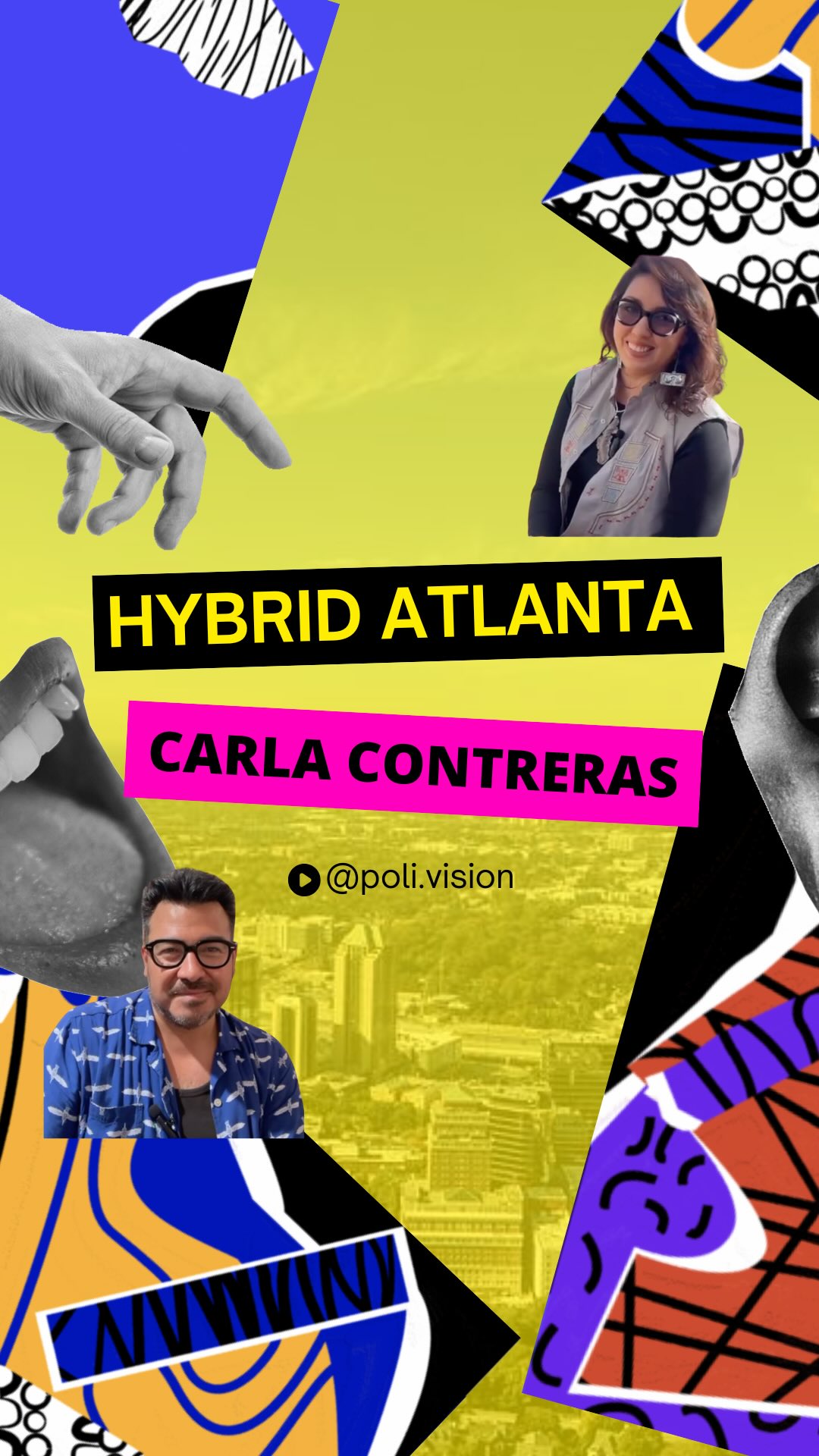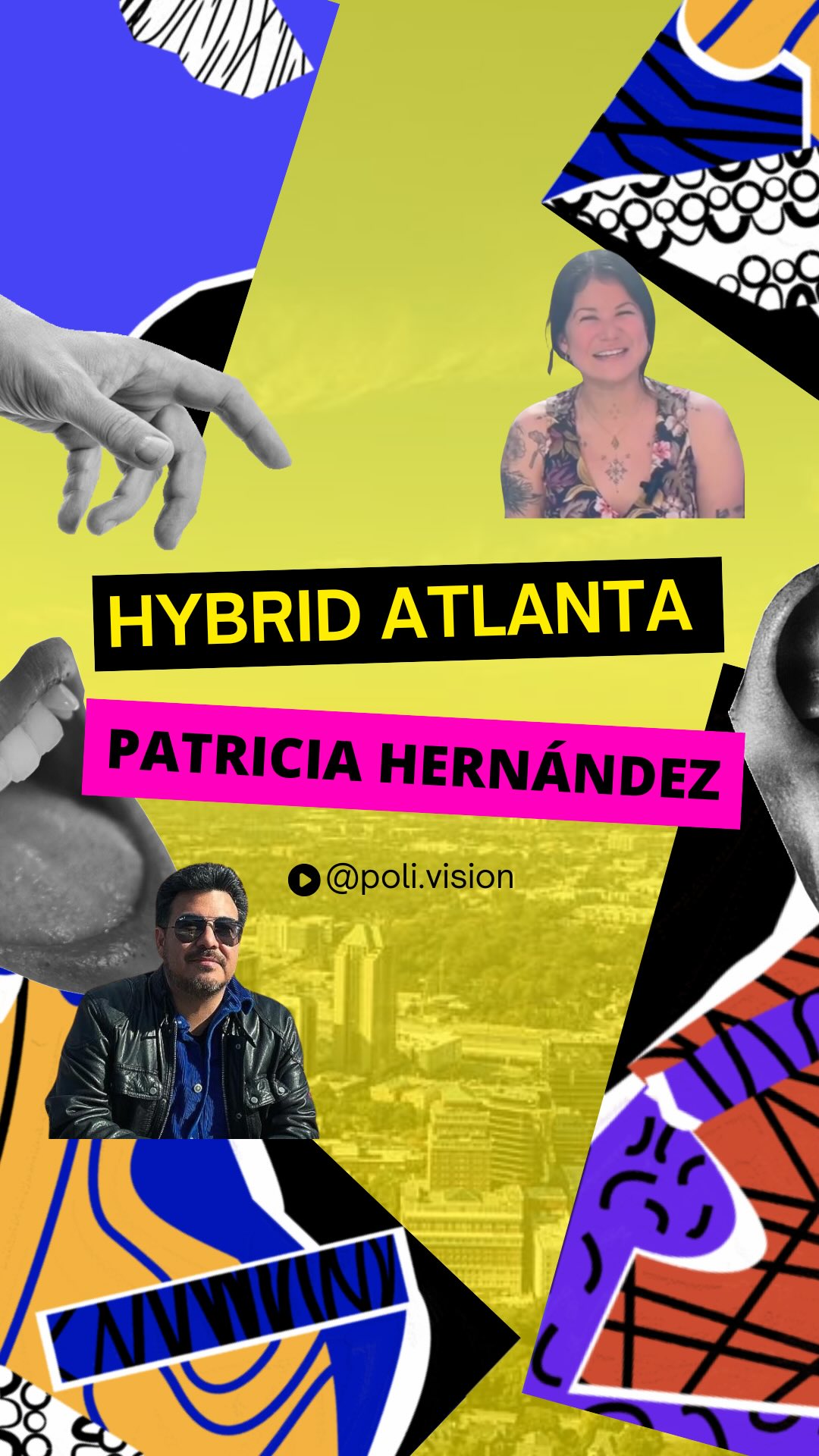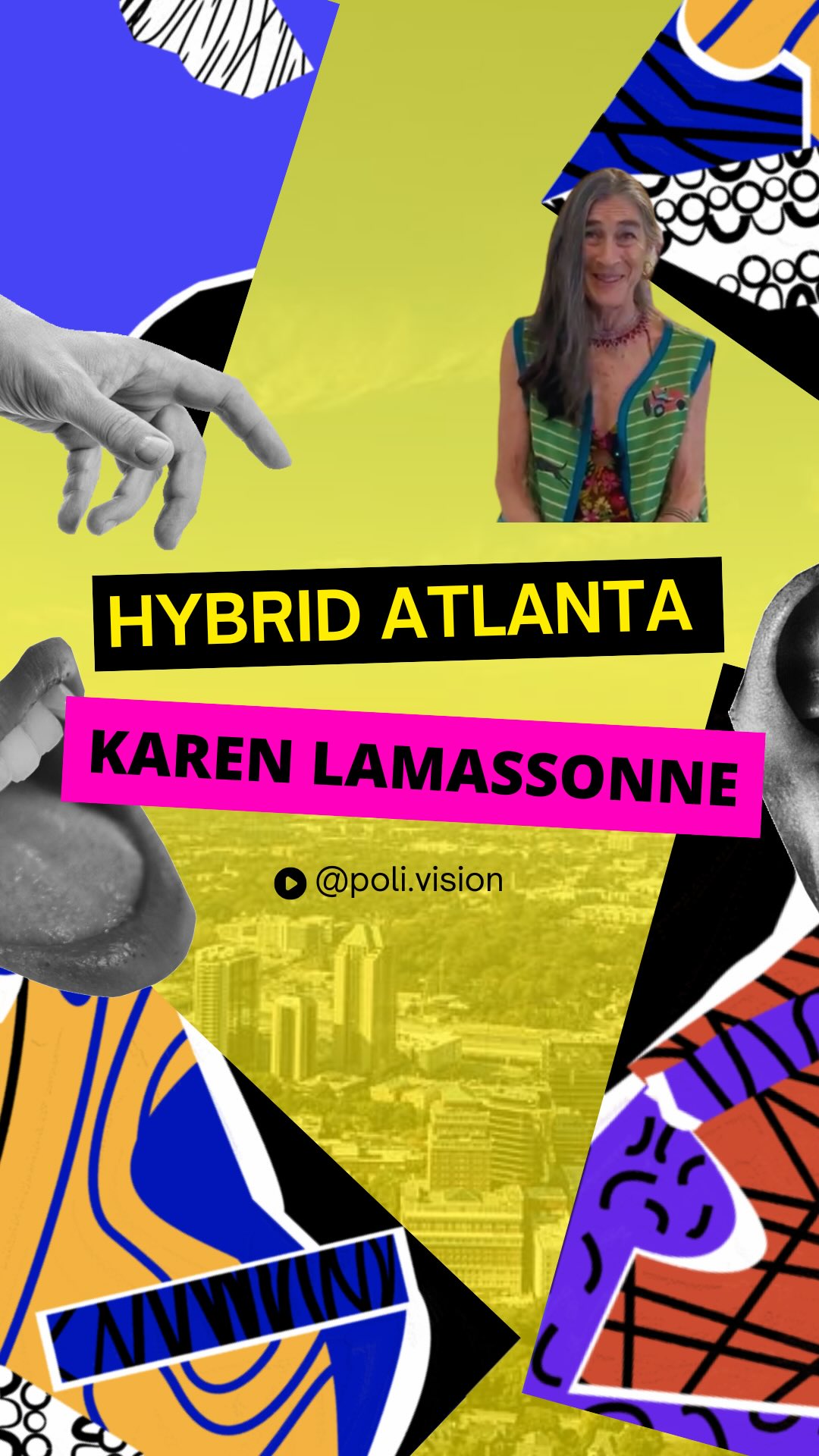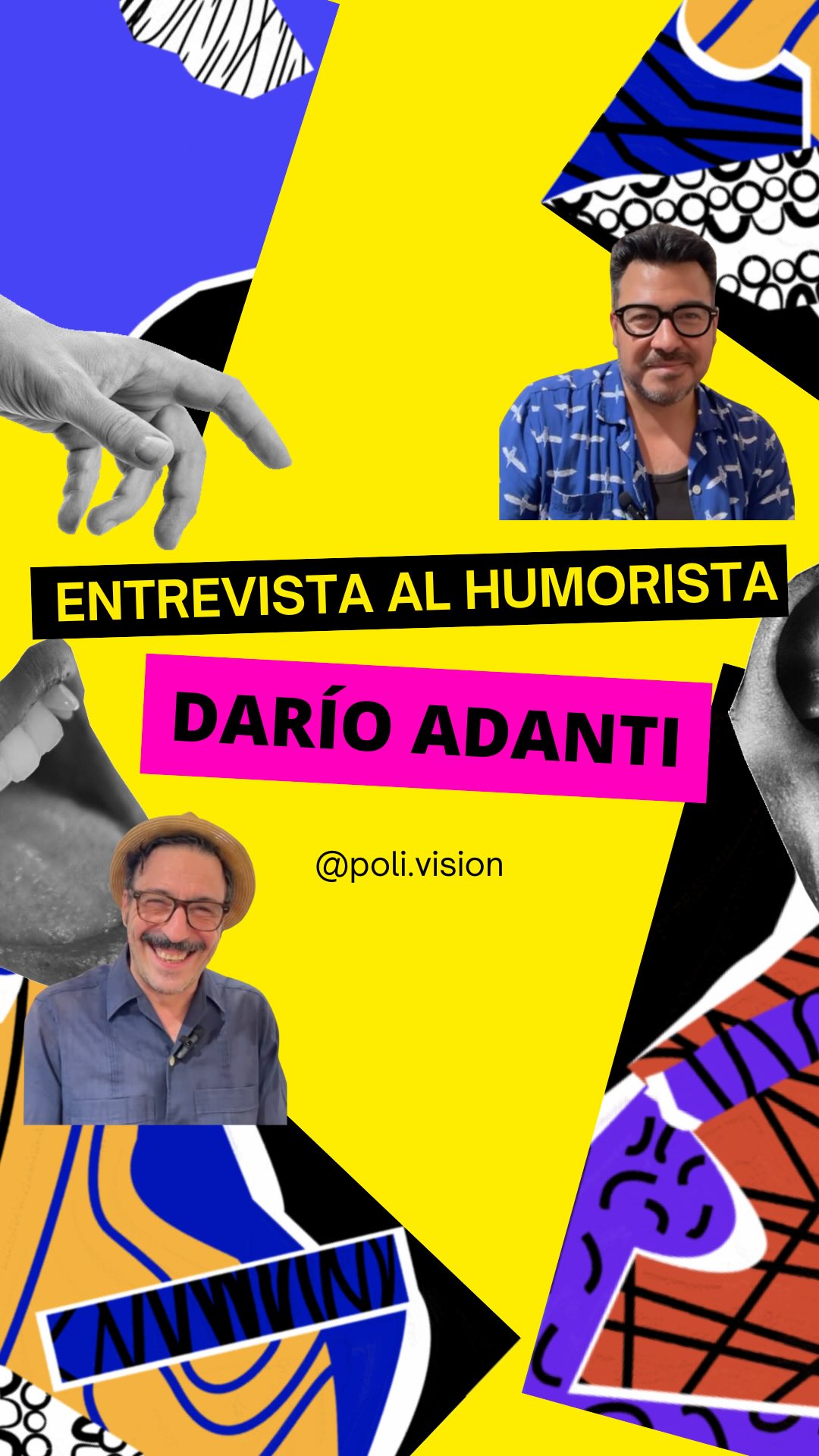As traveling restrictions, safety measures, and other COVID-19 related concerns take precedence in today’s reality, alternate ways to enjoy art and culture have emerged. The Google Arts and Cultures project, created almost ten years ago, is a resource to view the work of many museums virtually. The following list contains digital galleries and videos from various museums, some of which have partnered with Google Arts and Cultures to offer access to their collections online.
Mientras las restricciones, medidas de seguridad y otros asuntos relacionados con el COVID-19 toman prioridad en la nueva realidad, han surgido métodos alternativos para disfrutar el arte y la cultura. El proyecto Google Arts and Cultures, creado hace casi diez años, es un recurso para experimentar muchos museos virtualmente. La siguiente lista contiene galerías digitales y vídeos de museos, algunos que se han asociado con Google Arts and Cultures para ofrecer una colección en línea.
Museo Frida Kahlo (Ciudad de México, México)
The Frida Kahlo Museum offers a panoramic vivid virtual tour, which is teeming in blue, in a tour of her famous Blue House. Since Kahlo’s paintings were influenced by her relationship with Diego Rivera, his work is also available in the digital exhibition. Furthermore, her recipes are posted in detail and available for public consumption-literally. Be ready for an immersive and completely international experience from the comfort of your own home.
El Museo Frida Kahlo ofrece una visita virtual, panorámica y de abundante color azul, cuando muestra su famosa Casa Azul. Dado que las experiencias e inspiración de Kahlo fueron influenciadas por su relación con Diego Rivera, el trabajo de Rivera también está disponible en la exhibición digital de obras de arte junto a las suyas. Además, sus recetas se publican en detalle y están disponibles para el consumo público-literalmente. Prepárense para una experiencia inmersiva y completamente internacional desde la comodidad de su hogar.
Museo Nacional de Bellas Artes de Cuba (La Habana, Cuba)
Cuba’s art flourished in one of the most turbulent times. Now offers us a glimpse into the psyche of a nation. As well as having art from the colonial era and various art movements, the Museum Nacional de Bellas Artes de Cuba has exhibitions that chronicle Cuba’s revolutionary history. The museum’s online collection consists of Cuban Art and Universal Art.
El arte de Cuba floreció en una de las más tempestuosas épocas. Ahora ofrece una vista al psiquis de una nación. Además de tener arte del tiempo colonial y de varios movimientos, el Museo Nacional de Bellas Artes de Cuba, localizado en La Habana, tiene exhibiciones que narran su historia de revolución. Su colección en línea está compuesta de Arte Cubano y Arte Universal.
MALBA | Museo de Arte Latinoamericano Buenos Aires (Buenos Aires, Argentina)
The MALBA is still closed to the public; fortunately, they have an Online Collection. On the home page, there is a mosaic of artists. In the list of notable artists, the following artists are included: Rafael Barradas, Antonio Berni, Wilfredo Lam, Frida Kahlo, Diego Rivera and others. The MALBA also offers captivating essays such as: “El Xul Solar de Jorge Luis Borges” (The Xul Solar of Jorge Luis Borges) y “Etnografías sobre lo propio a partir de la cultura tribal africana” (About Ethnographies about the Self from African Tribal Cultures).
El MALBA está todavía cerrado al público; afortunadamente, el museo tiene una Colección Online. En la página principal, la colección tiene un mosaico de artistas. En la lista de artistas destacados se incluyen las siguientes: Rafael Barradas, Antonio Berni, Wilfredo Lam, Frida Kahlo, Diego Rivera y otros. La MALBA también ofrece ensayos cautivadores como: “El Xul Solar de Jorge Luis Borges” y “Etnografías sobre lo propio a partir de la cultura tribal africana.”
Museu Afro Brasil (São Paulo, Brasil)
The main focus of the Afro-Brazil Museum is to appreciate and recognize the integral role which African people and culture have had in the formation of Brazil. The museum’s seven online exhibitions are: Maracatu and the Alagoas Warrior: Afro-Brazilian Festivities; Sisterhood of Our Lady of the Good Death, Egun and Orishas Dolls: Afro-Brazilian Religiosity; The Bakuba and Mbuti: Textiles and Tapas; Spirit of Africa; Art, Adornment; Banzo, Love and House Kitchen. The link to the Museu Afro Brasil leads to their official website which has translations in English, Spanish, and Portuguese.
El enfoque principal del Museo Afro Brasil es apreciar y reconocer el papel que la gente africana y su cultura han tenido en la formación de Brasil. Sus siete exhibiciones son: Maracatu and the Alagoas Warrior: Afro-Brazilian Festivities; Sisterhood of Our Lady of the Good Death, Egun and Orishas Dolls: Afro-Brazilian Religiosity; The Bakuba and Mbuti: Textiles and Tapas; Spirit of Africa; Art, Adornment; Banzo, Love and House Kitchen. El enlace a Museu Afro Brasil nos trae a su página oficial del internet que tiene traducciones en inglés, español, y en portugués.
https://artsandculture.google.com/partner/museu-afro-brasil
Museo Casa del Alabado (Quito, Ecuador)
The Casa Del Alabado Museum displays sculptures and archeological objects created by indigenous communities in what is now modern-day Ecuador. All of the pieces are created from natural materials and the site even has categories for easy access: Ceramics, Stonework, Earthenware, Metal, and Bottles. The handcrafted figures, which reflect something familiar while also appearing so unknown, force you to contemplate that intrinsic quality which ties all of humanity together.
El Museo Casa Del Alabado exhibe esculturas y objetos arqueológicos creados por comunidades indígenas de lo que hoy es Ecuador. Todas las piezas están creadas por materiales naturales, y el sitio también incluye categorías para acceso fácil: Cerámica, Roca, Barro, Metálico, Botella. Las figuras hechas a mano, que reflejan algo familiar al mismo tiempo que parecen son desconocidas, obligan a contemplar esa calidad intrínseca que une a toda la humanidad.
Museo Casa del Alabado, Quito, Ecuador — Google Arts & Culture
Museo Rapa Nui (Isla de Pascua, Chile)
The Polynesian connection with Latin America is often overlooked. Discovered by the Dutch on Easter Day in 1722 the island is now a special territory of the Valparaiso Region in Chile. It has been part of Chile’s insular territory since 1888. Museo Rapa Nui chronicles the history and culture of the Rapa Nui people. As one of the most remote regions in the world, a virtual tour might be the closest many of us will ever get to the famous Moai statues. To better understand the history of Easter Island, check out the following exhibitions: Piezas Restituidas al Museo Rapa Nui; Colección Etnográfica de Tallado en Madera del Museo Rapa Nui; Talladores de Madera Contemporáneos.
La conexión polinesia con América Latina es frecuentemente ignorada. Descubierta por los holandeses en el día de pascua en 1722, ahora la isla es un territorio especial de la región Valparaíso en Chile. Ha sido parte del territorio insular de Chile desde 1888. El museo registra la historia y cultura de la gente de Rapa Nui. Como una de las regiones más remotas del mundo, un recorrido virtual podría ser lo más cerca que muchos de nosotros estaremos de las famosas estatuas Moai. Para mejor entender la isla y su pasado, echen un vistazo a las siguientes exhibiciones: Piezas Restituidas al Museo Rapa Nui; Colección Etnográfica de Tallado en Madera del Museo Rapa Nui; Talladores de Madera Contemporáneos.
https://www.museorapanui.gob.cl/sitio/Contenido/Galerias/
Museo Nacional de Antropología (Ciudad de México, México)
The Museo Nacional de Antropología (MNA) in Mexico City offers two extensive digital galleries: Archaeology and Ethnography. The MNA aims to display and celebrate the monumental indigenous history of Mexico and their works. Among a variety of works from diverse communities and cultures, the MNA has a particularly large collection of Mayan artifacts. Their website is easily accessible and available in Spanish and English.
El Museo Nacional de Antropología (MNA) en la Ciudad de México, México, ofrece dos galerías digitales amplias: Arqueología y Etnografía. Su propósito es exhibir y celebrar la historia indígena monumental de México y sus obras. Entre otras comunidades y culturas, el MNA tiene una colección de artefactos Mayas. El sitio del MNA está accesible y disponible en español e inglés.
Museo Mali (Lima, Perú)
The Museum of Art in Lima, Peru has a virtual collection that boasts thousands of pieces of artwork in six exhibitions: Prehispanic, Colonial, Republican, Modern and Contemporary, Recent Acquisitions, and Notable Works. Each collection has a detailed passage to contextualize the art. Within each collection, the art pieces can be expanded with a click and offer individualized information of the artist, time period, medium, and dimensions of the art. Moreover, the captions inform visitors of the art that they can see online and which might not be displayed in person.
El Museo de Arte de Lima en Perú tiene una colección virtual con miles de obras en seis exhibiciones: Prehispánico, Colonial, Republicano, Moderno y Contemporáneo, Adquisiciones Recientes, y Obras Destacadas. Cada colección tiene una leyenda detallada para dar contexto. Dentro de cada colección, las obras pueden ser expandidas con un clic, y ofrecen información individualizada del artista, época, medio, y dimensiones. Además, las leyendas informan a los visitantes de las obras que se pueden ver en línea que quizá no estaban expuestas en físico.
MASP – Museu de Arte de São Paulo Assis Chateaubriand (São Paulo, Brasil)
The Museo de Arte de São Paulo Assis Chateaubriand was created in 1947 by Assis Chateaubriand. Italian art dealer Pietro Maria Bardi was the museum’s first director, a position which he held for more than forty years. Due to this, much of the art is specifically European, and is recognized as some of the most important collections of European art in the world. Their collaboration with Google Arts and Cultures includes 6 exhibitions: Art in Fashion: MASP’s Rhodia Collection; Art From Italy: From Rafael to Titan; Art From Brazil Until 1900; Art From France: From Delacroix to Cézanne; Picture Gallery in Transformation; Histories of Madness: The Drawings of Juquery. There are links offering Portuguese and English translations of the site at the bottom of the page.
El Museo de Arte de São Paulo Assis Chateaubriand fue creado en 1947 por Assis Chateaubriand. El italiano Pietro Maria Bardi fue el primer director del museo, una posición que tuvo por más de cuarenta años. Debido a eso, mucho del arte es específicamente Europeo, y reconocido por ser unas de las más importantes colecciones europeas del mundo. El colaboración del MASP con Google Arts and Cultures incluye las siguientes seis exhibiciones: Art in Fashion: MASP’s Rhodia Collection; Art From Italy: From Rafael to Titan; Art From Brazil Until 1900; Art From France: From Delacroix to Cézanne; Picture Gallery in Transformation; Histories of Madness: The Drawings of Juquery. Hay enlaces en línea que ofrecen una traducción al portugués y inglés.
https://artsandculture.google.com/partner/masp?hl=en
Museo de América (Madrid, España)
Although the Museo de America is located in Spain, its purpose is to display Latin American history, artwork, and archaeological artifacts. The museum contains three virtual galleries: Pre-Columbian America, Ethnography, and Colonial America. These exhibitions communicate the richness of history and culture in the Americas in exhibits such as: “Uma Quimaya,” “Tocado Mundurucú,” and the painting “Sor Juana Inés de la Cruz.”
Aunque este Museo de América está en España, el propósito es mostrar la historia, obras de arte, y piezas arqueológicas de las Américas. Las tres galerías virtuales son tituladas: América Precolombina, Etnología, y América Virreinal. La riqueza de cultura e historia en las Américas está comunicado a través de exhibiciones como: “Uma Quimaya”, “Tocado Mundurucú” y la pintura “Sor Juana Inés de la Cruz“.
http://www.culturaydeporte.gob.es/museodeamerica/coleccion/recorrido2.html
*Text and selection by Aurora Perez
*Translation by Aurora Perez
*Edited by Paul Alonso, Aurora Perez, Audrey Morgan, Courtney Callahan, and Levi Malinoff

































































